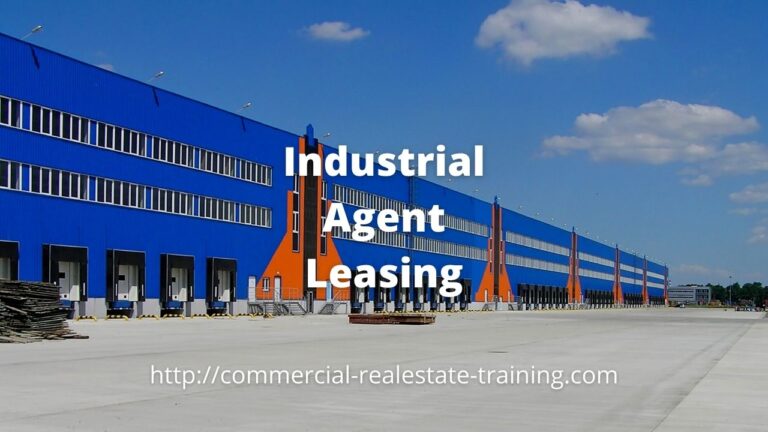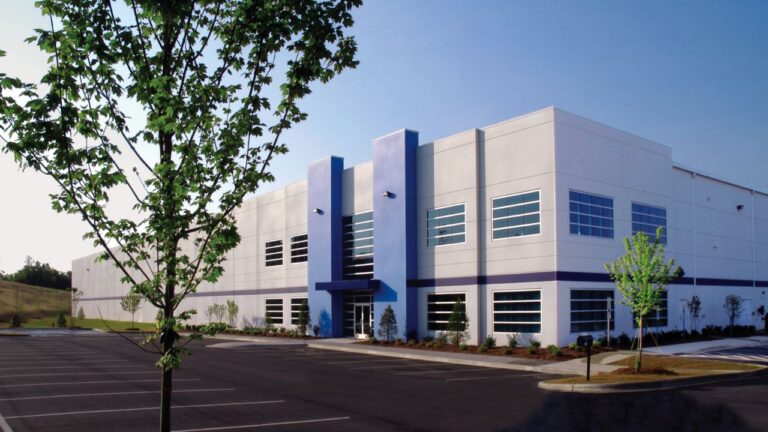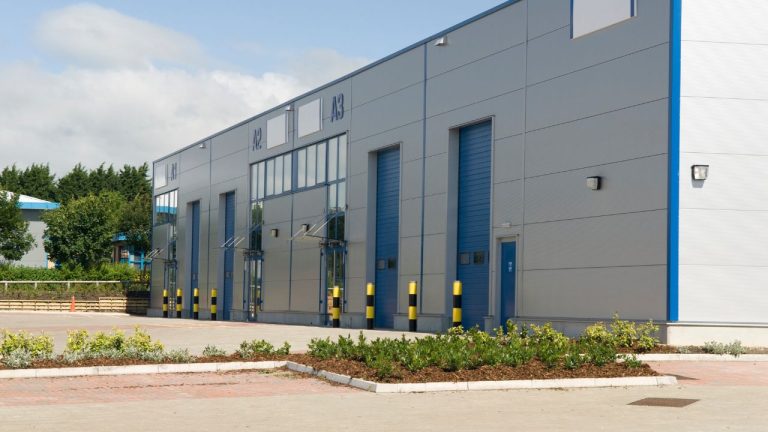Industrial & Commercial Security Gate Systems & Designs
A security gate is a crucial part of the perimeter protection and access control for any industrial or commercial facility or project. In real estate, physical barriers ward off trespassers and other wrongdoers and enhance a building’s security.
Effective security gate systems and designs enable flawless movement for the authorized. But to the unauthorized, they are impregnable. Depending on the size and layout of the facility, you can install a system consisting of interior and exterior security gates.
This article will help you understand different security gate systems and designs, how they work, and where to apply them. It will improve your understanding of security in commercial setups. But first, a word about access control systems.
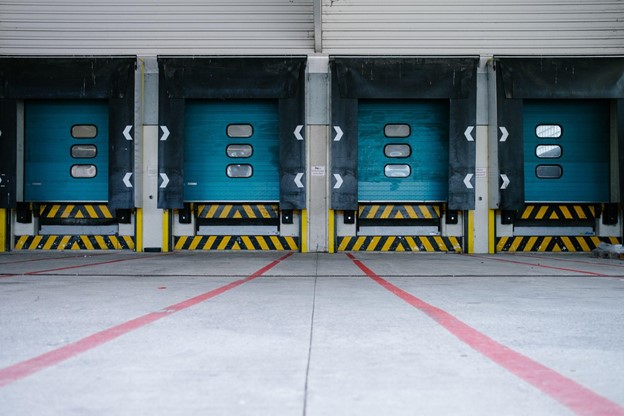
Access Control Systems
An automated access control system is essential to achieve both security and convenience. Typically, it would consist of a reader, controller, management software, and tokens.
When an authorized person presents the required credentials, the system signals the gate lock to open.
Popular access control systems include keypads, proximity cards, Radio Frequency Identification (RFID) gate control, and Automatic Number Plate Recognition (ANPR) systems.
By combining the right door gate and access control system, you can minimize vulnerabilities in a facility or project site and boost the value.
Commercial and Industrial Security Gate Designs
There are various gate designs applied in industrial and commercial settings. However, the following five have gained popularity due to their proven efficacy:
Slide Gates
They are also known as rolling gates and are the most popular security gate designs used in industrial and commercial settings. Slide gates run back and forth on grooves or wheels along a flat horizontal beam fitted with a channel. It opens by moving sideways to the left or right, and the gate aligns itself parallel to the barrier wall or fence.
The design is popular because the gate takes up very little space. Due to the nature of their operation and position, slide gates are almost impossible to open or wedge open once closed. They also combine excellently with access control systems such as ANPR, keypads, proximity cards, and RFID because vehicles can be close to the sensors.
However, most slide gates require a level surface and a place where a steel beam can be sunk into the ground to the entire length of the gate. Also, roller wear and tear is an issue where traffic is high.
Swing Gates
A swing gate operates like a typical door – by applying a force on one end to swing it one way or the other and allow access. They can be single or dual and are aesthetically appealing at the entrance of a facility.
Swing gates are best suited for locations where there is not enough space along the perimeter wall to roll or slide a gate. You can apply them in openings of up to 48 feet for a double security gate.
Swing gates can open and close the gate several times without worrying about wear and tear. However, they take plenty of space in the front and rear of the entrance, are much slower to open and close, and could pose a problem for access systems that require proximity. A driver has to stop far from the entrance and wait considerably longer.
Vertical Lift Gates
Where there is not enough space to slide the door open on the side, you can consider vertical lift gates.
They operate by sliding upwards rather than left or right (as described above). The gate has two strong columns on either side, and it rises above the height of the authorized vehicle allowing it to pass through.
Vertical lift gates do not need space to the front and rear or on the sides of the opening. Therefore, they are one of the most space-efficient industrial and commercial gate designs. Plus, they can span over large openings – up to 60 feet, open quickly, can work flawlessly with any access control system.
The twin beams on either side vertical lift gates could be intimidating. Also, the thought of driving under a raised gate could be unsettling in some commercial setups. Therefore, these gates are often best placed in industrial settings.
Vertical Pivot Gates
A vertical pivot gate opens by rotating upward rather than to the side. One lower corner of the gate rotates, pivoting 90 degrees upward to the required height. The gate can rest on its side edge when fully open.
Vertical pivot gates require little space for the gate panel on one side. It requires little space, and the gate opens relatively fast. Also, vertical pivot gates can work flawlessly with any access control system. However, there are limitations over the clear opening width and gate panel height. Vertical pivot gates are ideal in areas where side spacing is limited.
Bi-folding Gates
Bi-folding gates are more popular for foot traffic access control than vehicular access control. The design often entails two gates connected in the middle when in a closed position. Each gate is divided into two panels, joined by hinges. Therefore, the gates can fold and contract to their respective sides.
Bi-folding gates are popular because they open and close swiftly compared to other gate designs. They work flawlessly with any access control system. Due to the folding action, the gate compacts consume very little space. Bi-folding gates are nevertheless constrained to openings of 20 feet or less.
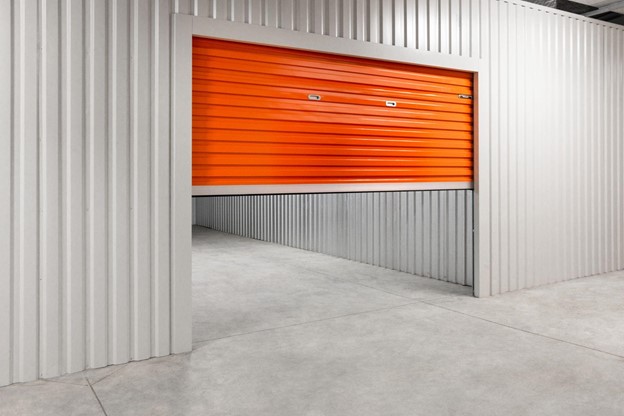
A Final Word on Industrial and Commercial Security Gate Systems and Designs
Professionals can help you settle on the correct security gate systems and designs for commercial and industrial facilities. They will help you determine how wide the gate opening should be, how much gate weight you can handle, the traffic frequency, and how fast the gate should open to satisfy traffic flow.




